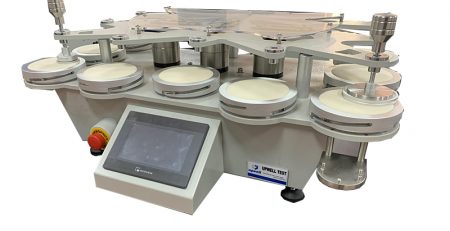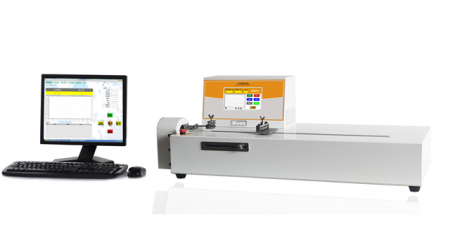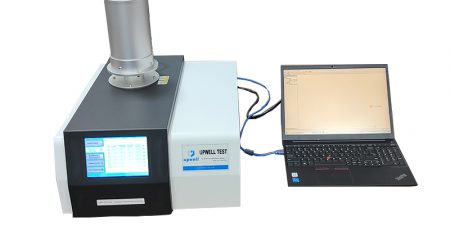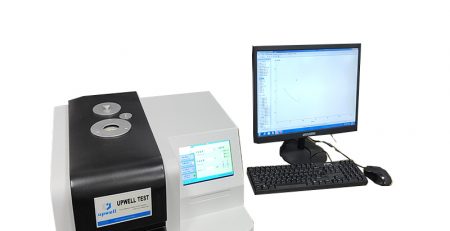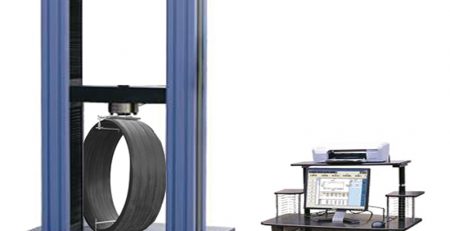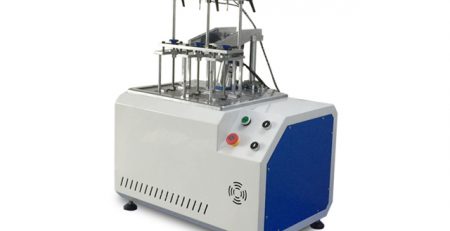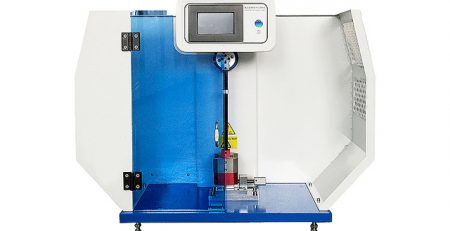The electronic testing machine is a new generation of dual-space microcomputer controlled electronic testing machine specially designed for universities and research institutes. The design of the main machine and auxiliary equipment of the testing machine draws on the advanced technology of Shimadzu, Japan, with beautiful appearance, convenient operation, stable and reliable operation. It can meet relevant international standards.
As the name implies, a high-pressure hydraulic source is used as the power source. Use manual valve, servo valve or proportional valve as control element for control. Ordinary hydraulic testing machines can only be manually loaded manually, which is an open-loop control system. Affected by price factors, hydraulic pressure sensors are generally used as load cells. The electro-hydraulic servo material testing machine uses servo valves or proportional valves as control components for control. Some domestic manufacturers have also adopted high-precision load sensors to measure force.
The difference between hydraulic testing machine and electronic testing machine:
Electronic testing machines and hydraulic testing machines are materials mechanics testing instruments, but have their own characteristics in terms of structural design, use of energy, application scope, etc. Users can decide whether to choose electronic testing machine or hydraulic testing machine according to the specific use environment of the industry. . The difference between electronic testing machine and hydraulic testing machine is as follows:
- In terms of structural characteristics
The electronic testing machine mainly uses the servo motor as the power source, and the lead screw and the nut as the executive part to realize the speed control of the moving beam of the testing machine. In terms of transmission control, there are currently two main forms: synchronous belt and reducer. Regarding its advantages and disadvantages, it remains to be discussed, but they will not affect users. In the force measurement, the electronic testing machines all use load sensors.
The hydraulic electronic testing machine, as the name suggests, uses a high-pressure hydraulic source as its power source. Use manual valve, servo valve or proportional valve as control element for control. Ordinary hydraulic testing machines can only be manually loaded manually, which is an open-loop control system. Affected by price factors, hydraulic pressure sensors are generally used as load cells. The electro-hydraulic servo material testing machine uses servo valves or proportional valves as control components for control. Some domestic manufacturers have also adopted high-precision load sensors to measure force.
About performance and application scope we will introduce in next post

